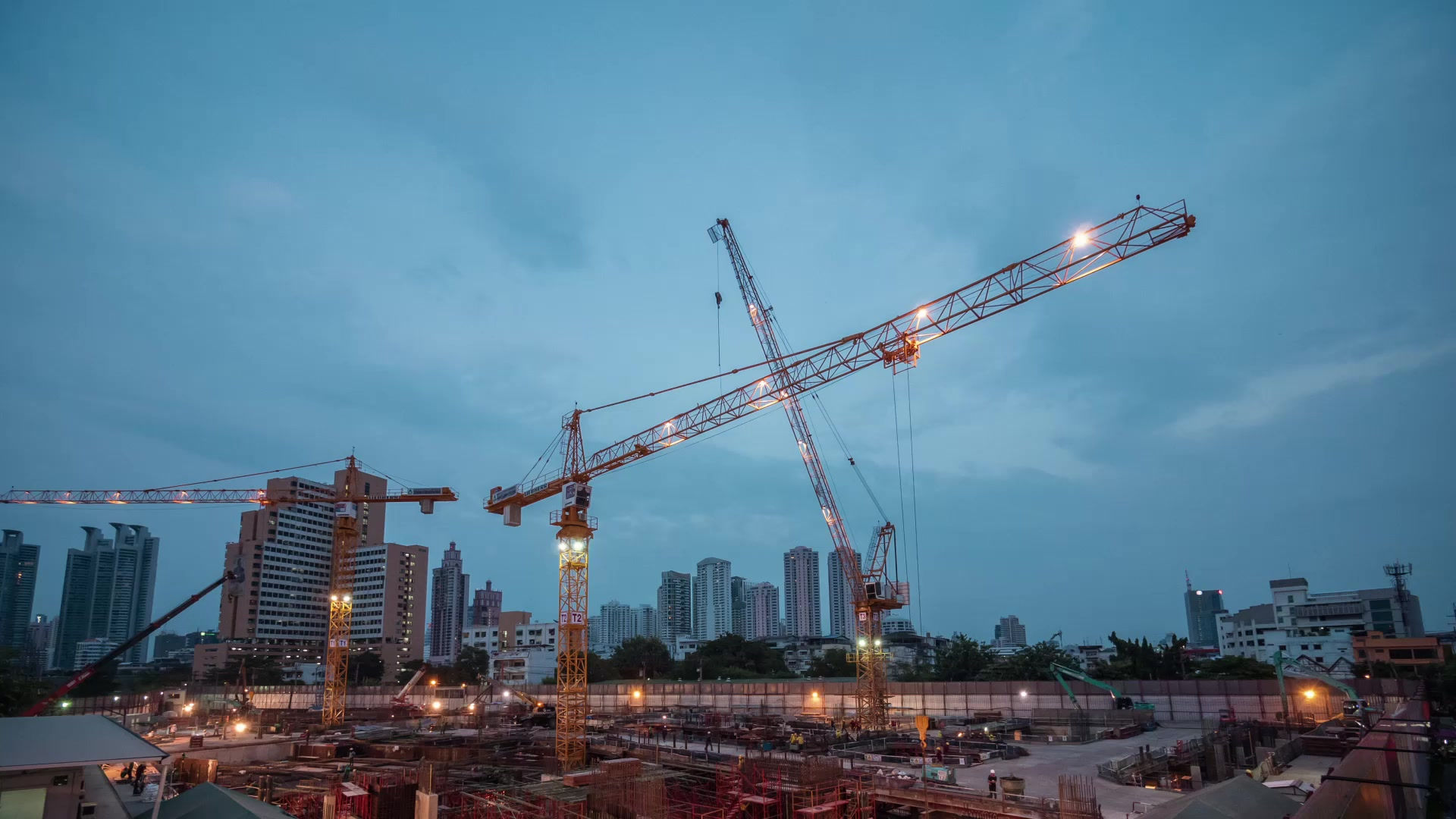Clay Tile Sewer Lines in Overland Park: What Every Homeowner Should Know
- Mark Higgins
- Aug 12
- 3 min read

If your Overland Park home was built before 1975, there's a good chance it has clay tile sewer lines running beneath your property. While these pipes served their purpose for decades, they present unique challenges that modern homeowners need to understand. At Higgins Sewer & Drain Cleaning, we've serviced hundreds of clay tile systems throughout Johnson County, and we know exactly what to expect—and how to keep them functioning properly.
From our family's 40+ years of experience - We've seen clay tile sewer systems from their prime years through today's common problems. Here's what every homeowner needs to know.
Understanding Clay Tile Sewer Construction
Clay tile sewer lines were the standard in Overland Park neighborhoods built in the 1940s through mid-1970s. These systems use individual clay sections connected with bell and spigot style joints. Unlike modern PVC systems with sealed connections, clay tile joints were originally unsealed, relying on the surrounding soil for stability.
This construction method worked well initially, but time and environmental factors have created predictable issues that today's homeowners need to address proactively.
The Root Problem: Why Clay Tiles Attract Tree Roots
Tree roots naturally seek moisture and nutrients, making your sewer line an attractive target. Clay tile's unsealed joints provide easy entry points for even the smallest root tendrils. Once inside, roots grow rapidly in the nutrient-rich environment, eventually forming dense masses that block wastewater flow.
In our experience, 80% of clay tile sewer systems in older Overland Park neighborhoods show some level of root intrusion. The good news? Regular maintenance can manage root growth effectively and extend your system's life significantly.
Warning Signs Your Clay Tile System Needs Attention
Watch for these common symptoms of clay tile sewer problems:
Recurring slow drains throughout the house, especially after periods of growth (spring/summer)
Gurgling sounds when flushing toilets or draining sinks
Sewer odors in your yard or basement, particularly during wet weather
Unusually green grass patches above your sewer line (roots feeding the grass)
Frequent toilet backups that seem to resolve temporarily then return
Don't ignore these signs—early intervention prevents costly emergency repairs and potential health hazards.
Preventative Maintenance: The Key to Clay Tile Longevity
The most effective approach to clay tile maintenance is regular root cleaning, typically needed every 1-3 years depending on tree proximity and root growth patterns. Our mechanical root cutting removes intrusive growth while preserving your pipe structure.
Professional sewer camera inspections help determine your specific maintenance schedule. Some properties need annual cleaning, while others can go 2-3 years between services. We create customized maintenance plans based on your system's actual condition.
When to Consider Replacement vs. Maintenance
While many clay tile systems can be maintained effectively for years, some situations call for replacement:
Multiple collapsed or severely cracked sections
Significant line bellying or offset joints
Repeated root problems despite regular maintenance
Planning major landscaping or home additions
Our video inspection service provides clear documentation of your system's condition, helping you make informed decisions about repair vs. replacement timing.
Cost-Effective Management Strategies
Annual preventative cleaning: $200-350 vs. emergency repairs that can cost $500-1,200 Combined cleaning and camera inspection: Often the best value for understanding your system's needs
Strategic tree management: Removing or replacing problematic trees near sewer lines
Regular monitoring: Knowing your system's patterns helps predict maintenance needs
Is your older Overland Park home showing signs of sewer problems? Contact Higgins Sewer & Drain Cleaning for expert clay tile sewer inspection and maintenance. We'll help you develop a cost-effective plan to keep your system flowing smoothly for years to come.





Comments